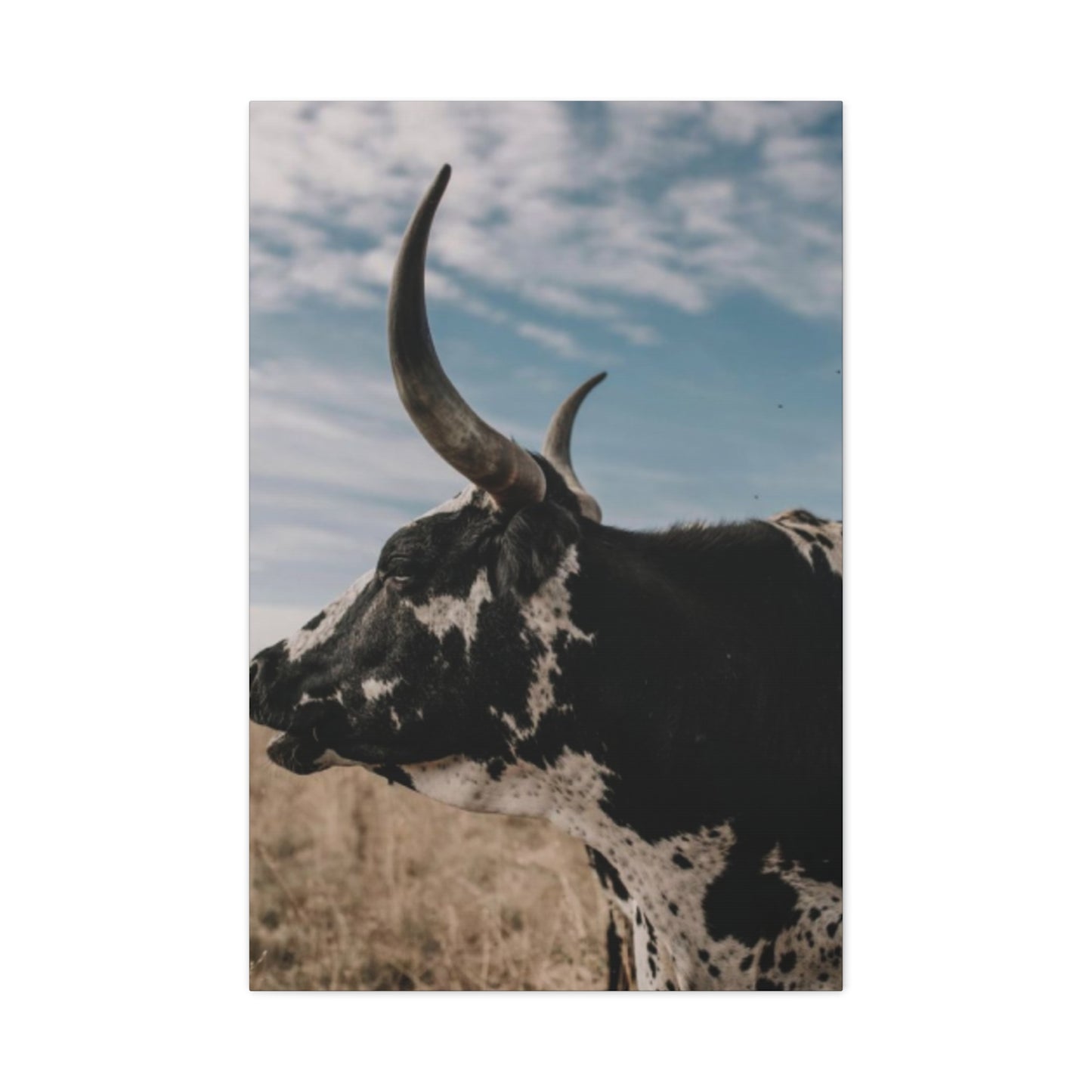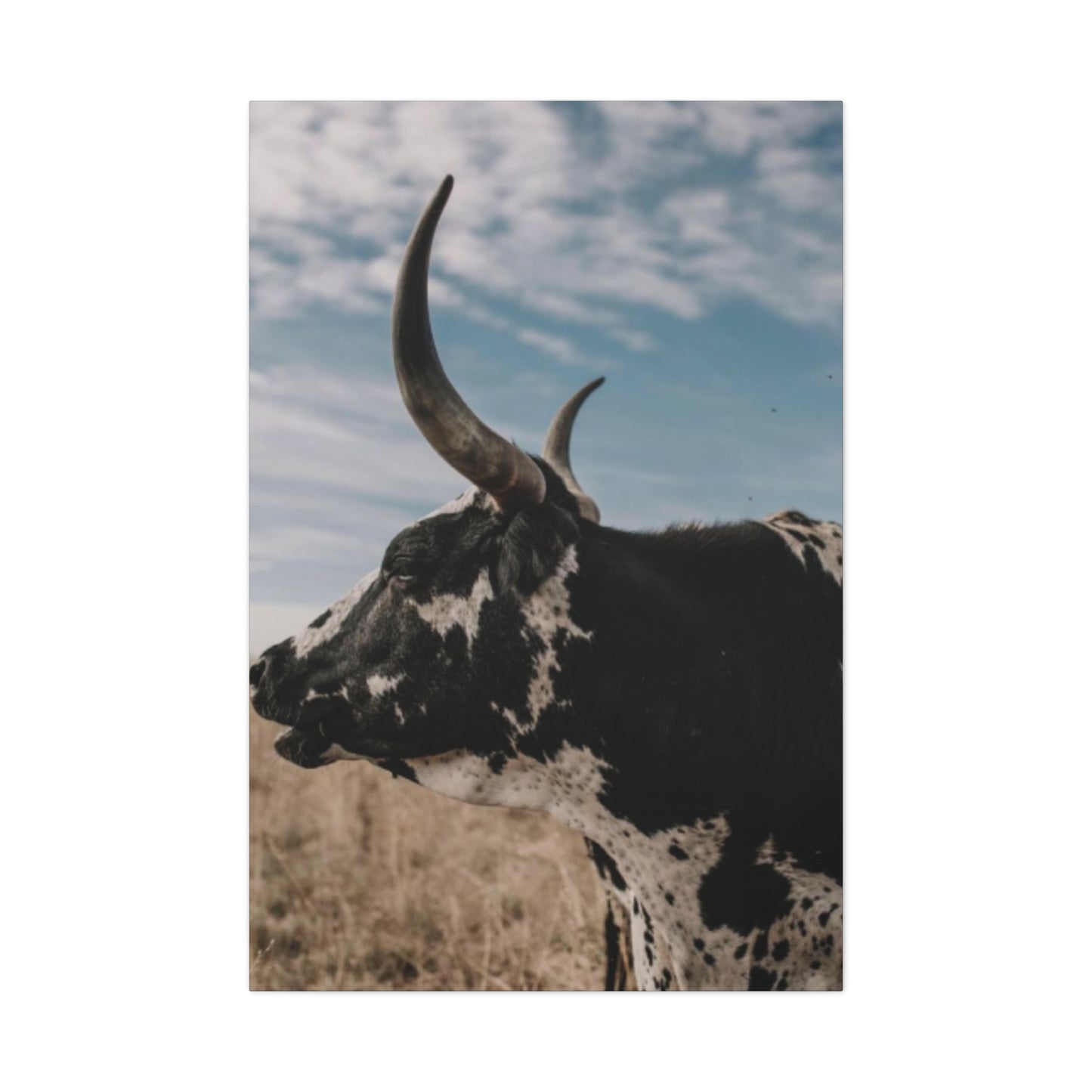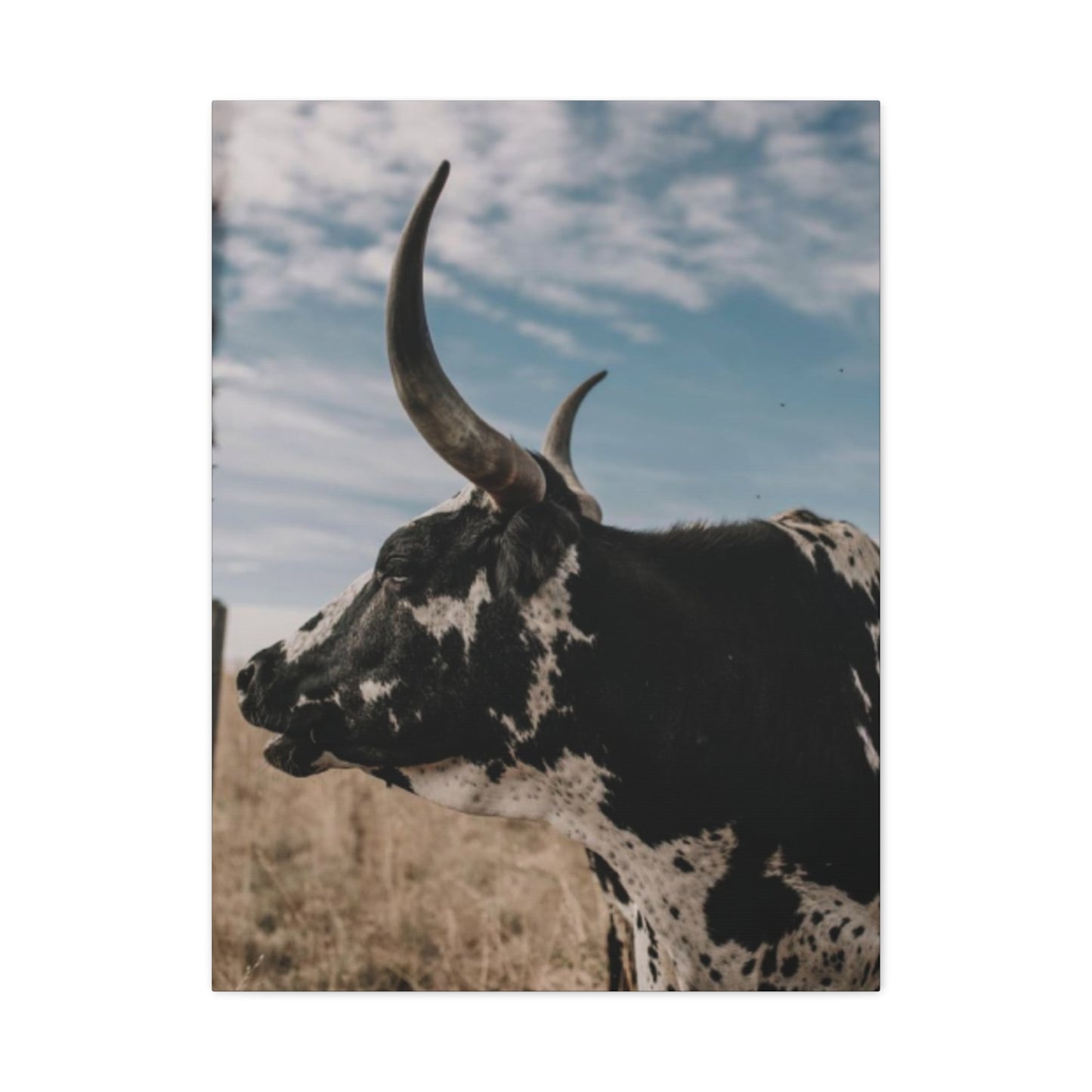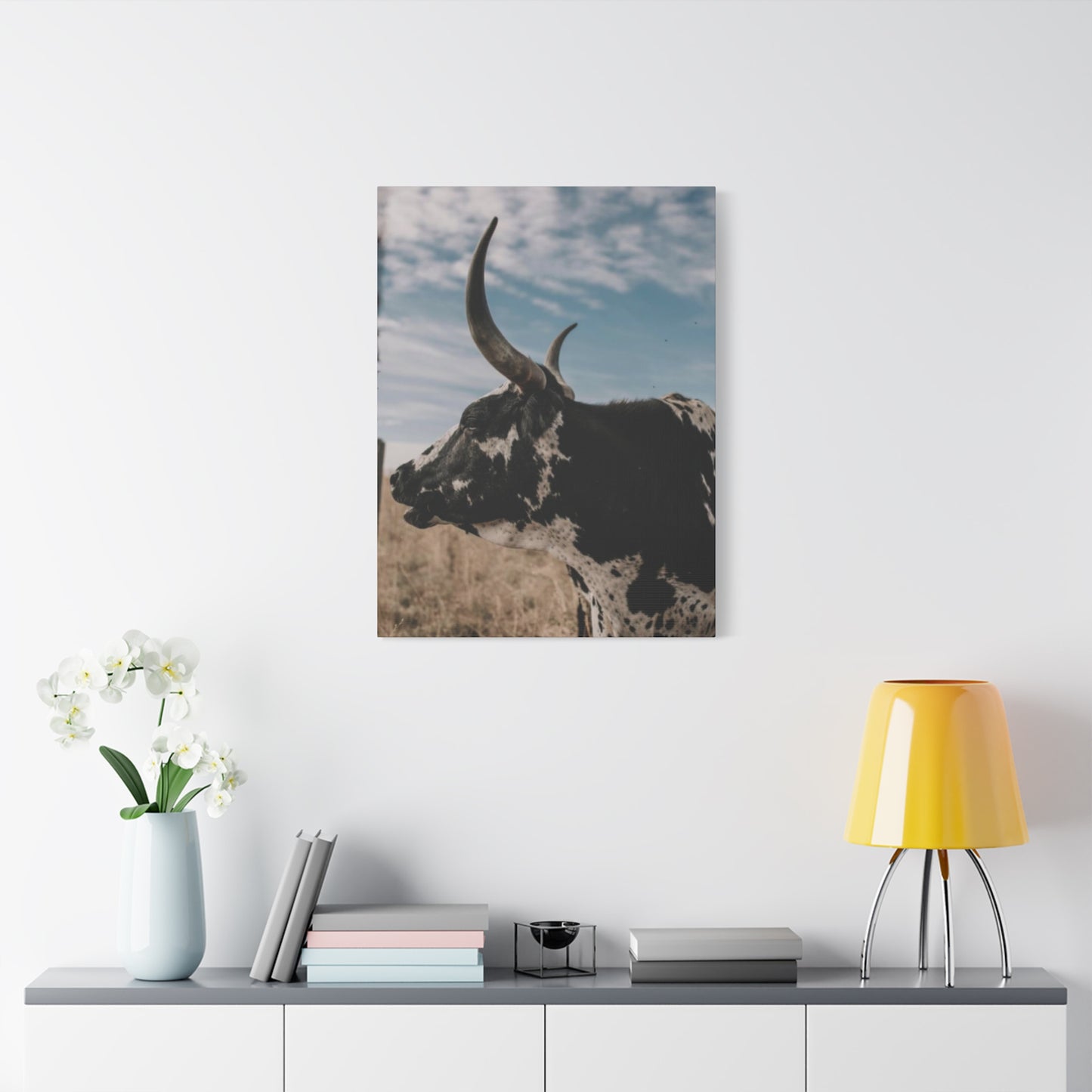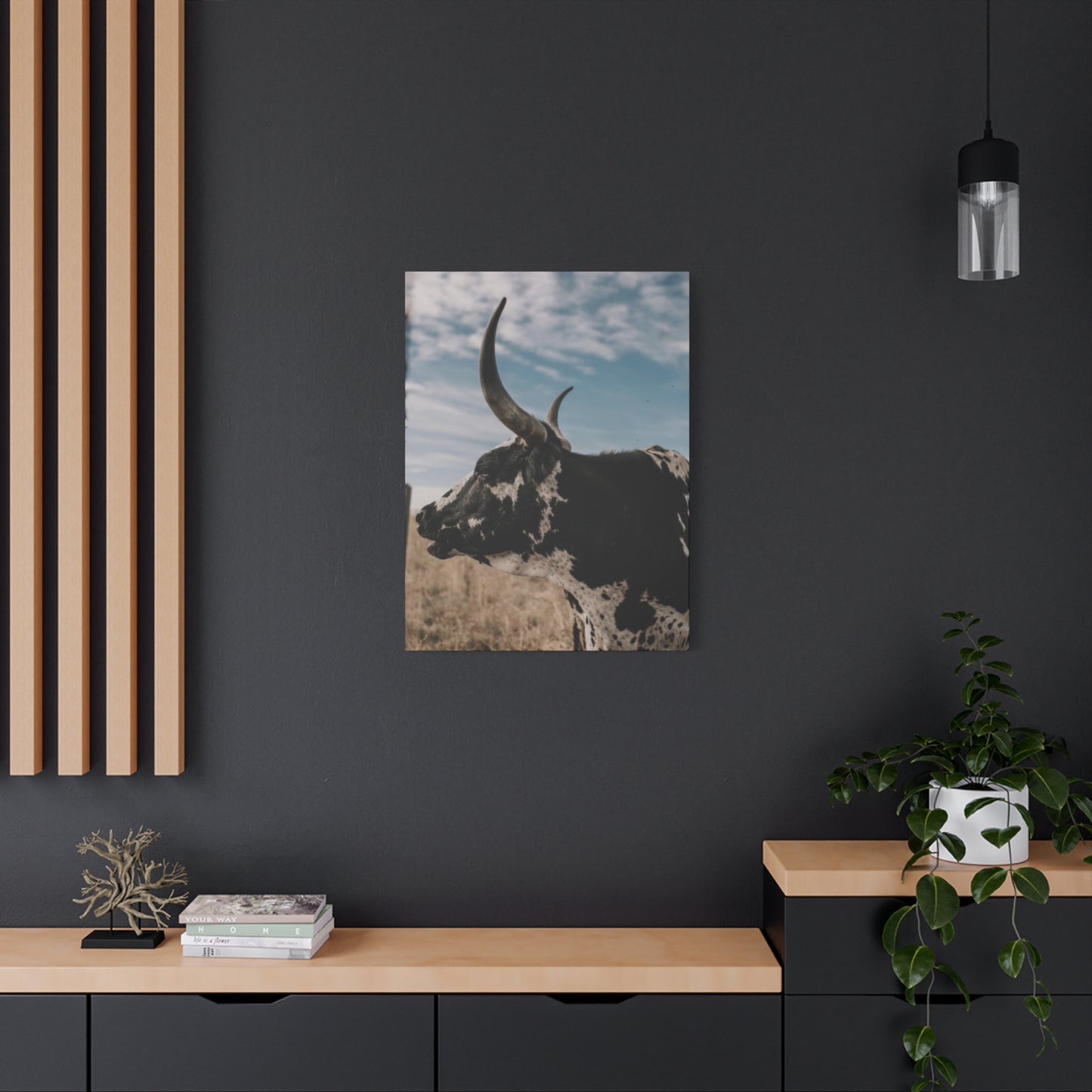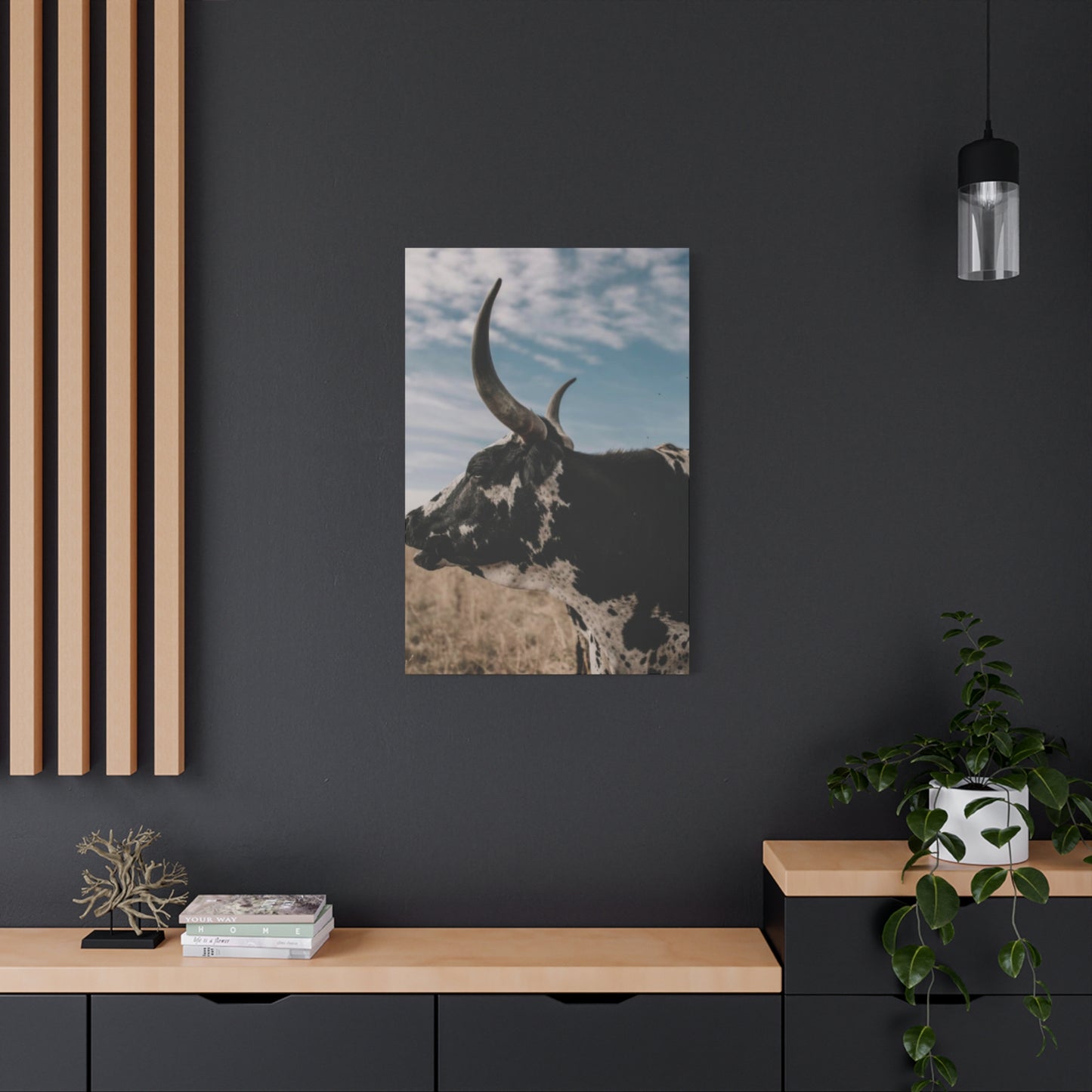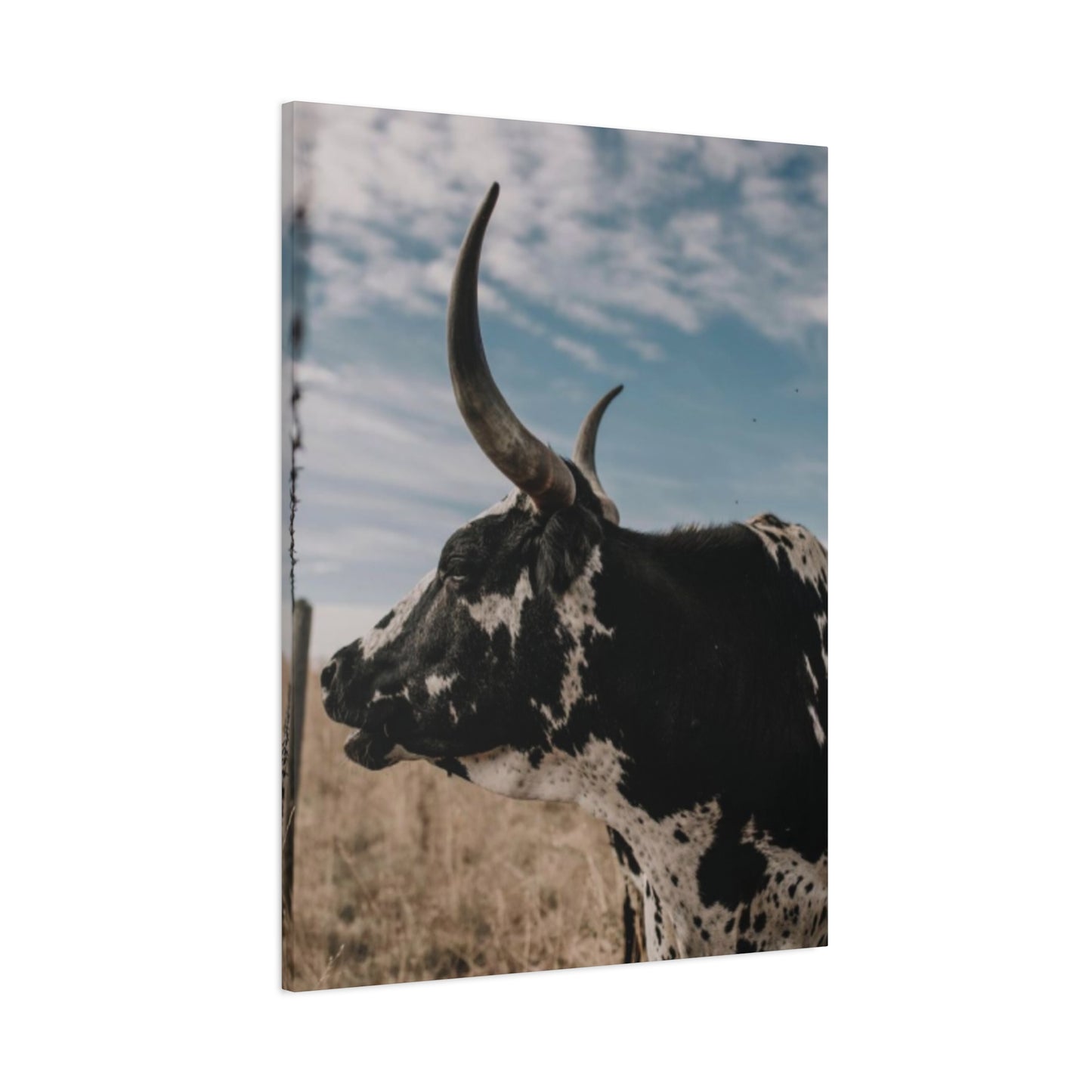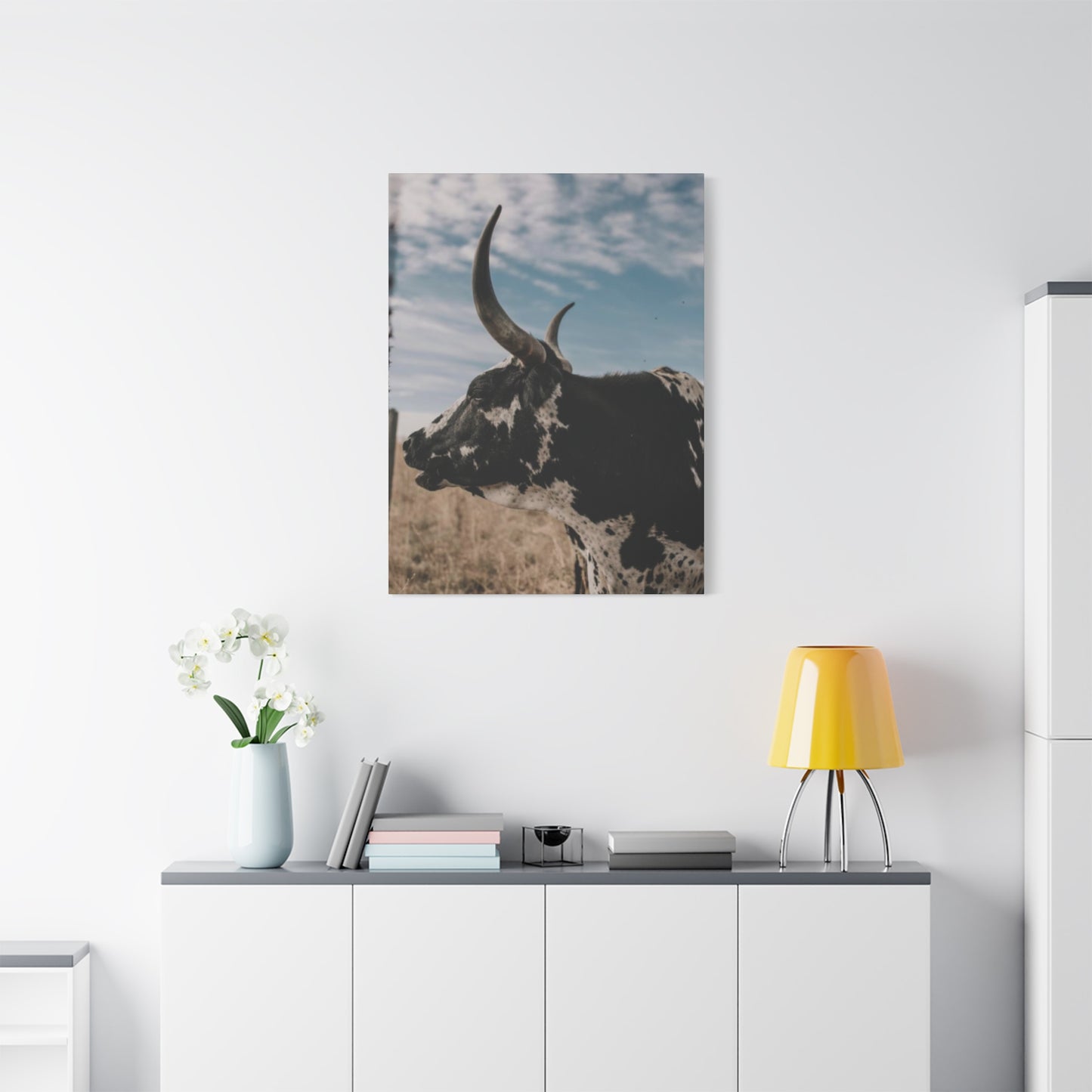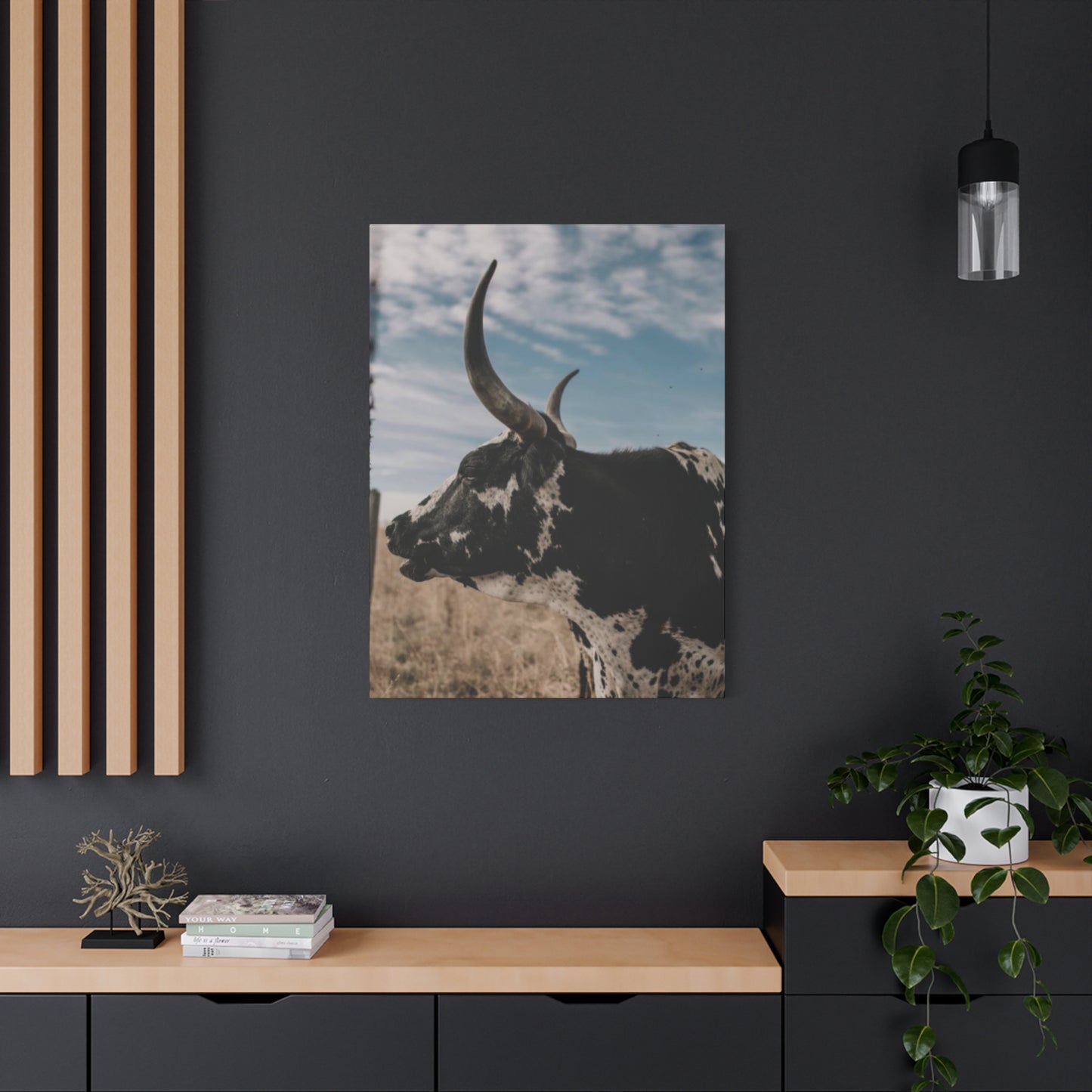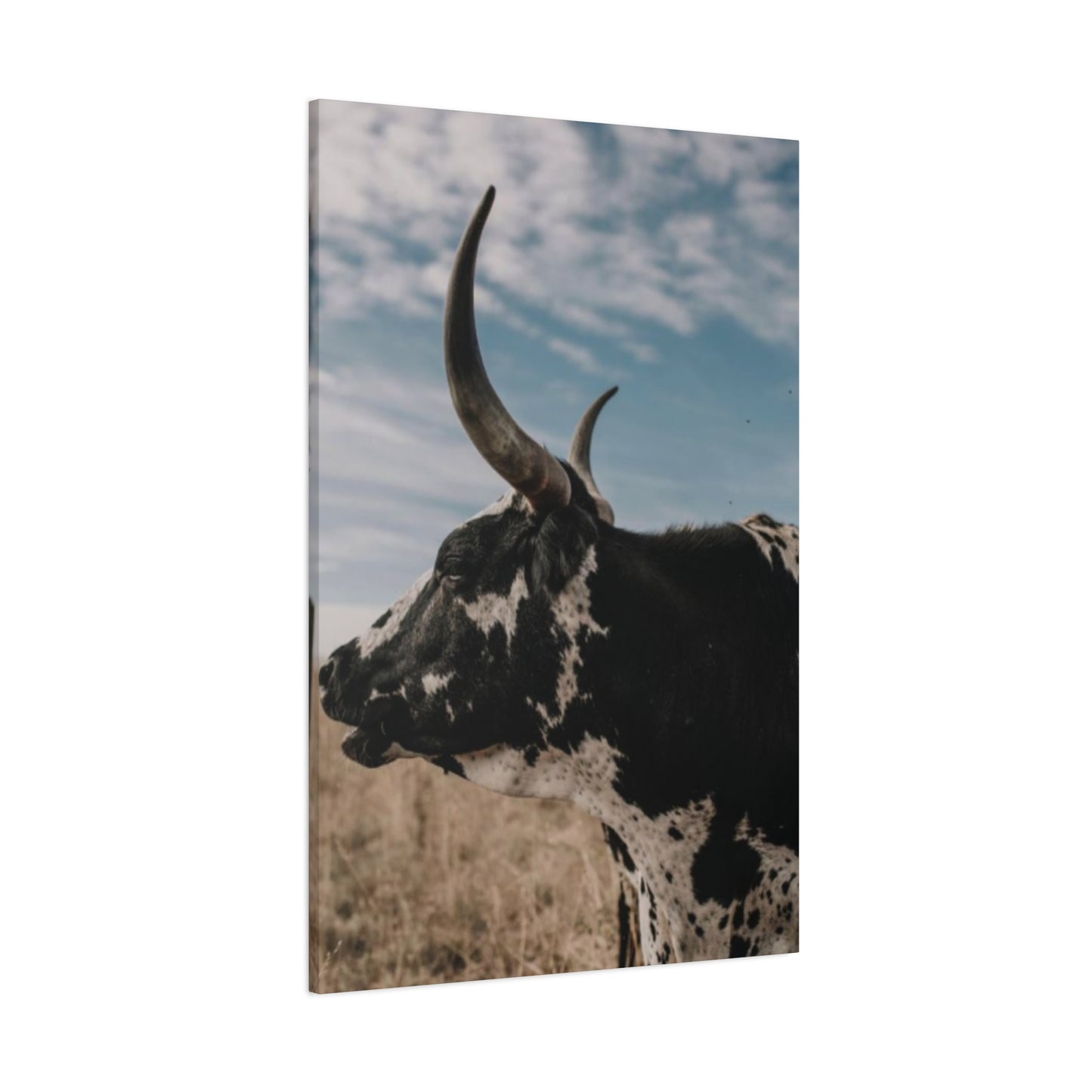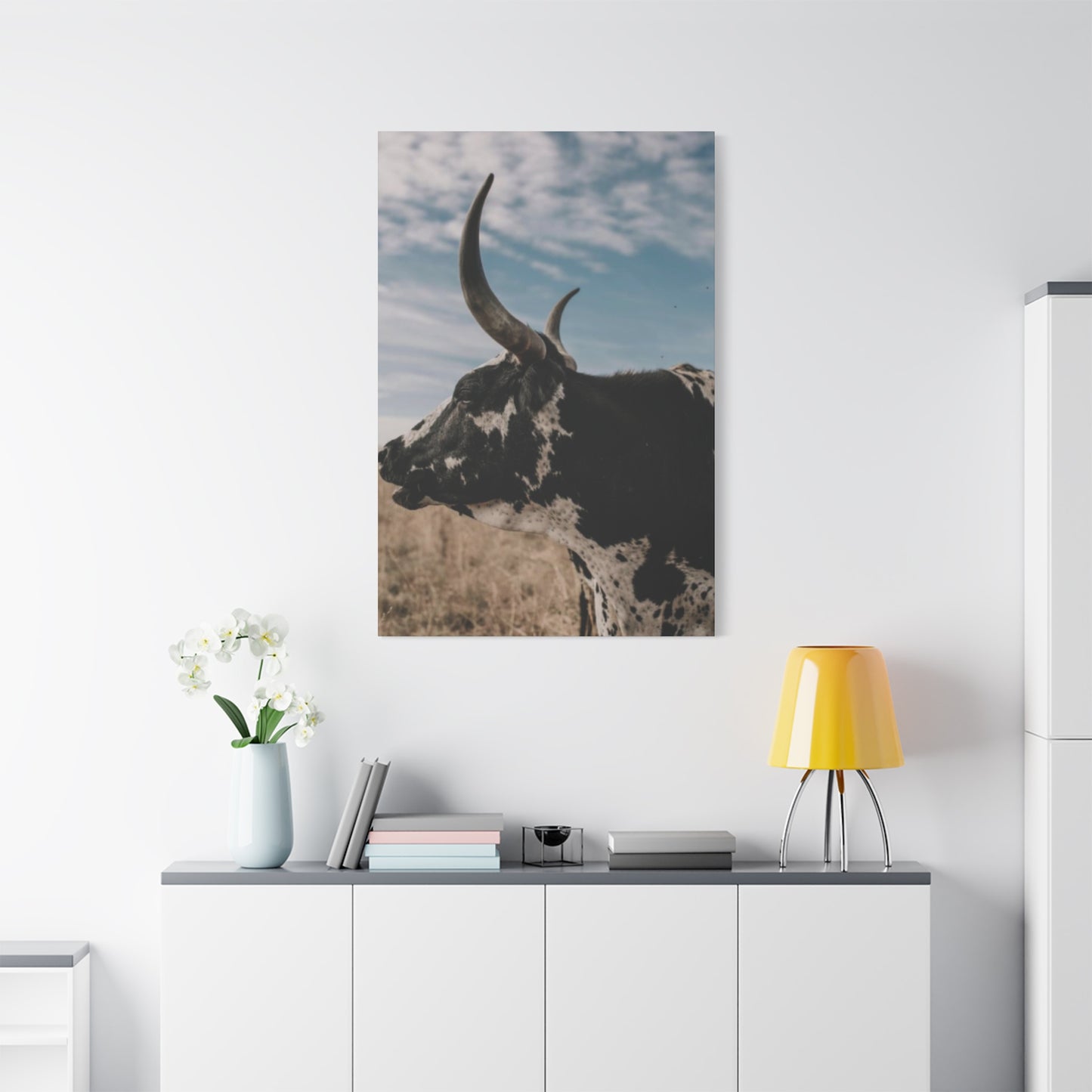Wild Buffalo and Curvy Longhorn Wall Art: Creating Stunning Rustic Decor for Modern Spaces
The majestic presence of buffalo and longhorn cattle has captivated artists and decorators for centuries, transforming living spaces into sanctuaries that celebrate the untamed spirit of the American West. These powerful creatures, immortalized through various artistic mediums, bring an unparalleled sense of strength, freedom, and natural beauty to interior environments. When incorporated into home decor, wild buffalo and curvy longhorn wall art pieces serve as bold focal points that merge rustic charm with contemporary design sensibilities.
The Timeless Appeal of Buffalo Imagery in Interior Design
Buffalo imagery holds a special place in decorative art, representing resilience, abundance, and the raw power of nature. These magnificent beasts once roamed the Great Plains in numbers reaching into the millions, creating a living carpet across the landscape that stretched as far as the eye could see. Their cultural significance extends beyond mere aesthetics, touching on themes of survival, renewal, and the delicate balance between civilization and wilderness.
When selecting buffalo wall art for your home, you're not simply choosing a decorative piece but embracing a symbol that resonates with deep-rooted American heritage. The shaggy, imposing form of a buffalo commands attention in any room, whether rendered in photographic realism, abstract interpretation, or stylized illustration. The textural quality of buffalo fur, the intensity of their gaze, and their powerful stance translate beautifully across various artistic mediums.
Modern interpretations of buffalo art often incorporate unexpected color palettes, moving beyond traditional browns and blacks to include vibrant teals, burnt oranges, and deep purples. This artistic liberty allows these pieces to complement contemporary color schemes while maintaining their connection to natural themes. The contrast between the buffalo's rugged appearance and sleek modern framing creates a dynamic tension that enlivens living spaces.
Longhorn Cattle: Icons of Western Heritage
Longhorn cattle represent one of the most recognizable symbols of American frontier life, their distinctive curved horns creating dramatic silhouettes that artists have celebrated for generations. These remarkable animals developed their characteristic features through centuries of natural selection in harsh environments, resulting in horn spans that can reach over seven feet from tip to tip. The elegant curve of longhorn horns provides artists with naturally graceful lines that translate beautifully into two-dimensional artwork.
The appeal of longhorn wall art lies in its ability to convey both strength and elegance simultaneously. Those sweeping horns create dynamic composition opportunities, whether the animal is depicted in profile, from the front, or in three-quarter view. Artists often emphasize the textural contrast between the smooth, polished horns and the coarse hide, creating visual interest that draws the eye across the entire piece.
Longhorn artwork works particularly well in spaces that aim for a sophisticated rustic aesthetic. The creatures' lean, muscular builds and alert expressions communicate vitality and awareness, bringing a sense of energy to otherwise static wall space. Whether portrayed grazing peacefully in golden grasslands or standing majestically against dramatic skies, longhorn cattle embody the spirit of freedom that defines Western iconography.
Combining Buffalo and Longhorn Elements in Gallery Walls
Creating a cohesive gallery wall that incorporates both buffalo and longhorn imagery requires thoughtful planning and an eye for balance. These two subjects, while thematically related, possess distinct visual characteristics that must work harmoniously together. Buffalo bring mass and grounding weight to a composition, while longhorns contribute linear elegance and upward movement through their horn structure.
When arranging multiple pieces, consider the visual weight distribution across your wall space. Larger buffalo portraits can anchor the composition, with smaller longhorn pieces providing counterbalance and directing the viewer's eye across the display. Alternating between close-up animal portraits and wider landscape scenes that include these creatures adds depth and variety to your presentation.
Color coordination becomes essential when combining multiple animal subjects. Selecting pieces that share a common color palette or tonal range helps unify the display despite differences in subject matter. Sepia-toned photographs pair beautifully with each other, as do pieces that incorporate similar accent colors in their backgrounds or borders. The framing choices you make can either emphasize the individual character of each piece or create visual bridges that link the collection together.
Artistic Styles for Western Wildlife Wall Art
The diversity of artistic approaches available for buffalo and longhorn wall art means collectors can find pieces that align perfectly with their aesthetic preferences. Photographic realism captures these animals in stunning detail, preserving every nuance of texture, light, and expression. High-quality wildlife photography freezes moments of natural behavior, allowing viewers to appreciate details they might miss during a fleeting encounter with these animals in the wild.
Impressionistic renderings offer a different experience, capturing the essence and energy of these creatures through loose brushwork and expressive color choices. These pieces often convey emotion and movement more effectively than strict realism, inviting viewers to complete the image through their own perception and imagination. The softened edges and blended colors create a dreamlike quality that can make these animals appear almost mythical.
Abstract interpretations push boundaries further, reducing buffalo and longhorn forms to their most essential elements. Bold geometric shapes, unexpected color combinations, and fragmented compositions challenge viewers while maintaining recognizable connections to their subjects. These pieces work exceptionally well in contemporary spaces where traditional Western art might feel incongruous, bridging the gap between rustic subject matter and modern design philosophy.
Choosing the Right Size for Maximum Impact
Scale plays a crucial role in determining how effectively buffalo and longhorn wall art commands attention and influences room atmosphere. Oversized pieces create immediate drama, transforming entire walls into windows onto prairie landscapes or intimate encounters with these powerful animals. Large-format artwork works particularly well in open-concept spaces with high ceilings, where smaller pieces might disappear against expansive wall surfaces.
Medium-sized pieces offer versatility, fitting comfortably above furniture or filling moderate wall spaces without overwhelming surrounding elements. These dimensions work well for creating focal points in bedrooms, home offices, or dining areas where you want visual interest without excessive dominance. Multiple medium pieces can be combined to create impactful gallery walls that tell more complex visual stories than single large works.
Smaller artwork allows for flexibility in arrangement and makes it easier to incorporate multiple subjects or perspectives into a cohesive display. Collections of smaller buffalo and longhorn pieces can be clustered together, scattered across a room, or used to create visual connections between different spaces. The intimacy of small-scale work encourages closer viewing and appreciation of fine details that might be lost in larger pieces.
Color Palettes That Enhance Western Animal Art
The color scheme surrounding your buffalo and longhorn wall art significantly affects how these pieces integrate into your overall design. Natural earth tones provide the most intuitive backdrop, echoing the plains, prairies, and mountainous regions these animals call home. Warm browns, sandy beiges, and rich terra cottas create harmonious environments that allow the artwork to feel like a natural extension of the room's color story.
Unexpected color choices can create striking contemporary interpretations of Western themes. Deep navy walls provide dramatic contrast for artwork featuring lighter-colored subjects or highlighting sky elements. Charcoal gray creates sophisticated neutrality that allows both warm and cool tones within the artwork to shine without competition. Sage green brings outdoor freshness indoors while maintaining enough neutrality to avoid clashing with the natural colors in animal imagery.
Accent colors pulled directly from the artwork can be repeated in textiles, accessories, and smaller decor elements to create visual cohesion throughout the space. If your buffalo piece features a stunning sunset with orange and purple hues, echoing those colors in throw pillows or area rugs reinforces the design connection. This technique helps the artwork feel intentionally placed rather than arbitrarily hung, creating a more professionally designed appearance.
Framing Options for Rustic Wildlife Art
Frame selection dramatically influences how buffalo and longhorn wall art presents itself in your space. Weathered wood frames enhance the rustic character of Western wildlife subjects, their distressed finishes and visible grain patterns echoing the natural, untamed qualities of the animals depicted. Reclaimed barn wood frames carry particular authenticity, connecting the artwork to actual agricultural heritage while adding textural richness to the overall presentation.
Metal frames in brushed bronze, aged copper, or matte black provide industrial edge that can modernize traditional Western subjects. These materials create interesting juxtapositions between the organic, living quality of the animals and the manufactured precision of the frame. Particularly in contemporary or industrial-style interiors, metal framing prevents buffalo and longhorn art from reading as overly rustic or thematically disconnected from surrounding design elements.
Floating frames and canvas wraps offer frameless or minimal-frame options that emphasize the artwork itself rather than its presentation apparatus. Canvas gallery wraps extend the image around the edges of the stretcher bars, creating a three-dimensional object that projects slightly from the wall without traditional framing. This approach works beautifully for paintings and digitally printed pieces, giving them a gallery-quality presentation that feels both casual and sophisticated.
Placement Strategies for Living Rooms
The living room typically offers the most prominent wall space in a home, making it an ideal location for statement-making buffalo and longhorn art. Above the sofa represents the most traditional placement, creating a focal point that anchors seating arrangements and draws the eye upon entering the room. For this location, artwork should span approximately two-thirds to three-quarters of the sofa's width to maintain proper proportional relationships.
Fireplace mantels provide another natural home for Western wildlife art, though the specific approach depends on mantel style and surrounding architecture. Leaning a large piece casually against the wall atop the mantel creates relaxed sophistication, while hanging artwork directly above draws the eye upward and emphasizes vertical space. When the fireplace serves as the room's architectural focal point, coordinate art placement to enhance rather than compete with this feature.
Large blank walls opposite main seating areas offer opportunities for truly dramatic installations. These spaces can accommodate oversized single pieces or elaborate gallery wall arrangements without concern for furniture placement below. The viewing distance from seated positions allows for appreciation of large-scale details and overall composition, making these walls ideal for your most impressive buffalo or longhorn pieces.
Creating Atmosphere in Dining Spaces
Dining rooms benefit from artwork that stimulates conversation while complementing the act of gathering for meals. Buffalo and longhorn pieces bring just the right balance of visual interest and thematic neutrality, avoiding controversial subjects while providing ample starting points for discussion. The strength and vitality these animals represent can subtly energize dining experiences, encouraging lingering and engagement.
Scale considerations in dining rooms differ from living spaces because of the vertical emphasis created by standing individuals moving around tables. Artwork placed at standard sitting eye level may feel too low once people stand, so positioning pieces slightly higher than typical living room placement often works better. Consider how the art will appear both to seated diners and to people entering or moving through the space.
Series arrangements work particularly well in dining areas, where multiple similar pieces can be spaced evenly along a wall to create rhythm and visual flow. Three longhorn portraits in a row, each showing the animal from a different angle, tells a subtle story while filling horizontal wall space attractively. Alternatively, a mix of buffalo and longhorn pieces in coordinating frames can represent diversity within unified presentation.
Bedroom Sanctuaries with Wildlife Art
Bedrooms transformed by buffalo and longhorn wall art become personal retreats that celebrate connection to natural world and Western heritage. The bedroom's private nature allows for more personal artistic choices, where pieces can reflect individual passion for these animals without needing to consider broader household aesthetic preferences. This freedom opens possibilities for bold choices that might feel too specific for shared spaces.
Above the bed represents prime real estate for impactful artwork, though safety considerations require secure mounting methods and appropriately weighted pieces. The horizontal expanse of headboard walls accommodates wide panoramic scenes or multiple smaller works arranged in horizontal rows. Positioning artwork so the bottom edge sits eight to twelve inches above the headboard creates proper visual separation while maintaining clear connection between furniture and art.
Opposite the bed, artwork visible from lying positions provides contemplative viewing opportunities during restful moments. This placement suits more meditative pieces, perhaps showing these animals in peaceful grazing poses or solitary silhouettes against vast skies. The last image seen before sleep and first upon waking carries particular significance, making this location ideal for pieces that evoke desired emotional responses like calm, strength, or freedom.
Home Office Inspiration
Buffalo and longhorn wall art in home offices infuses workspaces with qualities these animals embody including determination, resilience, and independent spirit. For those working in isolation from traditional office environments, these images serve as visual reminders of strength and persistence. The connection to natural world they provide can counterbalance the artificial quality of digital work environments.
Behind desk placement creates an impressive backdrop for video calls while remaining in the peripheral vision during focused work. This position allows the artwork to subtly influence mood and mindset without becoming distracting during concentration-intensive tasks. Choose pieces with enough visual interest to make an impression on video calls but not so busy they create visual chaos behind your head in frame.
Directly in front of the desk, artwork becomes a destination for wandering eyes during problem-solving or creative thinking moments. These brief visual breaks can refresh mental focus while the symbolic content of buffalo or longhorn imagery may unconsciously inspire qualities like boldness or persistence. Pieces featuring animals in action, showing movement or determination, can energize work sessions more effectively than static poses.
Mixing Metals and Materials with Animal Art
Successfully integrating various materials and finishes around buffalo and longhorn wall art requires understanding how different surfaces interact visually. Rough-hewn wood surfaces complement the natural, organic quality of animal subjects, reinforcing rustic themes through material consistency. However, exclusively matching materials can create monotony; introducing contrasting elements generates more dynamic, layered spaces.
Metal accents in forms like wall sconces, mirror frames, or sculptural objects introduce reflective surfaces that balance the matte finishes common in animal artwork. Oil-rubbed bronze and aged copper harmonize with warm earth tones while adding sophistication that elevates rustic themes beyond pure country styling. These metallic elements catch and reflect light, creating visual animation in spaces dominated by flat artwork surfaces.
Natural fiber textiles including leather, wool, and linen bridge the gap between furniture, accessories, and wall art. A leather sofa beneath buffalo artwork creates thematic cohesion through material similarity, while wool throws or linen curtains add softness that counterbalances the powerful visual presence of large animals. Layering various natural materials creates richness and depth that makes spaces feel collected and intentional rather than themed or staged.
Lighting Strategies for Wildlife Wall Art
Proper illumination transforms good buffalo and longhorn wall art into showpieces that command attention and reveal subtle details. Picture lights mounted directly above artwork provide focused illumination that highlights texture and color while creating gentle shadows that add dimension. The warm glow from traditional brass picture lights enhances the natural warmth in most wildlife art, though modern LED versions offer flexibility in color temperature.
Track lighting systems allow for adjustable spotlighting that can be redirected as artwork changes or as natural light patterns shift seasonally. This flexibility proves particularly valuable in spaces with multiple art pieces or rotating displays. Positioning track lights to graze across textured canvas surfaces emphasizes paint strokes and surface variations that add to the work's visual impact.
Ambient lighting affects how artwork appears throughout different times of day. Natural light from windows can wash out colors during peak brightness hours or cast problematic glare across glass-fronted pieces. Understanding your room's natural light patterns helps determine whether additional artificial lighting is necessary and when it should be employed. Dimmer switches offer control that allows fine-tuning of lighting levels to complement changing natural conditions.
Incorporating Southwestern Elements
Pairing buffalo and longhorn wall art with Southwestern design elements creates cohesive spaces that celebrate multiple aspects of Western American culture. Geometric patterns found in Native American textiles echo across throw pillows, area rugs, and pottery, introducing rhythmic visual elements that complement the organic forms of animal subjects. The angular precision of these patterns provides pleasing contrast to the irregular, natural shapes of buffalo and cattle.
Turquoise accents serve as signature Southwestern touches that can enliven the typically neutral palette surrounding Western animal art. Whether appearing in pottery, jewelry displays, or painted furniture details, this distinctive blue-green creates vibrant punctuation marks against earthen backgrounds. The color's cultural significance throughout Southwestern indigenous traditions adds layers of meaning beyond pure aesthetics.
Adobe-inspired wall colors and finishes provide architectural context that makes buffalo and longhorn art feel indigenous to the space rather than merely decorative. Warm peach, terra cotta, and sand-colored walls reference the clay structures of Southwestern architecture while creating hospitable backgrounds for darker-toned wildlife imagery. Textured plaster finishes add tactile dimension that enriches the overall sensory experience of the space.
Modern Farmhouse Interpretation
The modern farmhouse aesthetic provides an excellent framework for displaying buffalo and longhorn wall art in ways that feel fresh rather than formulaic. This design approach values authenticity and simplicity, allowing the powerful presence of these animals to shine without excessive ornamentation or competing decorative elements. Clean lines and edited accessory collections ensure artwork remains the focal point rather than one element among many.
Shiplap walls have become synonymous with modern farmhouse style, and their horizontal lines create interesting interaction with wildlife art. The linear regularity of shiplap provides structure against which the organic irregularity of animal forms creates pleasing tension. White or light gray shiplap makes dark buffalo imagery pop dramatically, while natural wood tones create warmer, more integrated presentations.
Industrial elements incorporated into modern farmhouse design create unexpected but effective partnerships with rustic animal subjects. Edison bulb fixtures, metal stools, and wire baskets introduce raw utilitarian beauty that complements rather than contradicts Western wildlife themes. This material mixing prevents spaces from feeling too precious or theme-park-like, instead creating layered environments that feel authentic and lived-in.
Minimalist Settings for Maximum Drama
Minimalist design philosophy, with its emphasis on essential elements and negative space, provides an unexpected but powerful context for buffalo and longhorn wall art. In sparse environments, a single commanding image of one of these animals becomes a profound statement. The simplicity surrounding the piece allows complete focus on the animal's form, expression, and the artistic choices made in its representation.
Black and white photography of buffalo or longhorns aligns particularly well with minimalist color schemes. The reduction to grayscale emphasizes form, light, and shadow while eliminating color as a potential source of visual complexity. High-contrast images with deep blacks and bright highlights create graphic impact that satisfies minimalism's preference for bold, clear statements over subtle gradation.
Floating shelves beneath or beside minimalist wildlife art provide opportunities for carefully curated object displays without cluttering the space. A single sculptural element, a small plant, or a beautiful natural object can create dialog with the artwork without competing for attention. The restraint required by minimalism ensures that each element serves a purpose and contributes meaningfully to the overall composition.
Industrial Loft Integration
Industrial loft spaces with exposed brick, concrete, and metal structural elements might seem incompatible with rustic Western art, but thoughtful integration creates fascinating contrasts. The raw, urban character of industrial architecture provides dramatic backdrop that makes buffalo and longhorn subjects appear even more vital and natural. This juxtaposition highlights the tension between urban human environments and wild spaces these animals represent.
Oversized prints on metal or acrylic substrates rather than traditional canvas or paper suit industrial aesthetics while depicting traditional subjects. These modern mounting techniques create sleek presentations that honor the space's contemporary character while introducing organic subject matter. The reflective quality of metal prints adds dimension and allows the artwork to participate in the play of light across industrial surfaces.
Pipe shelving systems and metal grid displays offer opportunities to incorporate smaller buffalo and longhorn pieces into larger industrial-styled wall arrangements. Mixing these natural subjects with urban photography, abstract art, or other eclectic elements creates personal collections that resist easy categorization. This approach celebrates individual taste over adherence to single design style, resulting in spaces that feel authentically inhabited rather than professionally staged.
Cabin and Cottage Charm
Buffalo and longhorn wall art brings authentic Western spirit to cabin and cottage environments, whether located in mountain forests, lakeside settings, or prairie landscapes. These smaller-scale dwellings benefit from artwork that reinforces connection to surrounding natural environments. The rugged survival spirit these animals embody resonates particularly well in settings where humans still maintain close relationships with nature and weather.
Knotty pine walls common in older cabins create wonderfully textured backgrounds for wildlife art. The natural variations in wood grain and knots ensure no two walls are identical, giving each art placement unique character. Darker-toned buffalo imagery creates strong contrast against lighter pine, while sepia or amber-toned pieces blend more subtly into the warm wood surroundings.
Stone accent walls, whether constructed from river rock, fieldstone, or cut stone, provide dramatic mounting surfaces for buffalo and longhorn pieces. The permanent, substantial quality of stone construction mirrors the enduring presence these animals maintain in American cultural imagination. Mounting artwork above stone fireplaces creates natural focal points where architecture and decoration work in harmony.
Ranch House Authenticity
For actual ranch homes or properties celebrating agricultural heritage, buffalo and longhorn wall art serves as authentic representation of lifestyle and values rather than merely decorative choice. These images honor the animals that played crucial roles in Western settlement and continue to hold economic and cultural importance. Displaying them becomes an act of respect and acknowledgment rather than aesthetic appropriation.
Working ranch environments often feature candid photography or realistic artwork that documents actual animals and places rather than idealized or stylized representations. This authenticity matters to those who live and work among cattle, making artwork selection more personal and meaningful. Family-owned ranches might display images of their own herds, creating visual documentation of heritage and ongoing stewardship.
Mixing historic and contemporary images tells the evolution story of ranching practice and animal breeds. Vintage photographs of early ranching operations, antique livestock show posters, or historic brand registrations can be framed alongside modern wildlife photography, creating timeline displays that honor past while acknowledging present. These collections become educational tools that share family and regional history with visitors.
Children's Spaces with Western Themes
Buffalo and longhorn art in children's rooms introduces young people to natural world and American heritage in visually engaging ways. Artwork selections for youth spaces should balance artistic quality with age-appropriate content and presentation. Playful, colorful interpretations of these animals often work better than intimidating realistic renderings that might overwhelm or frighten young children.
Educational elements can be incorporated through artwork that includes interesting facts about buffalo ecology, longhorn breed characteristics, or conservation stories. These pieces serve dual purposes as decoration and learning tools, encouraging curiosity about natural world. As children grow, their understanding and appreciation of the artwork evolves, making these pieces long-term investments that remain relevant across developmental stages.
Durable materials and secure mounting become particularly important in active play environments. Canvas wraps without glass avoid breakage hazards while maintaining artistic presentation. Positioning artwork above the damage zone where thrown toys or rough play might cause harm ensures longevity. Choosing pieces that will age appropriately with the child's developing tastes prevents premature need for replacement as preferences mature.
Outdoor Living Space Extensions
Covered porches, screened rooms, and three-season spaces benefit from buffalo and longhorn artwork that extends indoor design themes into transitional zones. Weather-resistant materials including metal prints, outdoor-rated canvas, and sealed wood pieces withstand humidity and temperature fluctuations better than standard indoor artwork. These specialized materials allow for consistent aesthetic experience from interior rooms through to exterior living areas.
The connection between depicted animals and actual outdoor environments becomes more immediate in these spaces where sounds, scents, and sensations of natural world penetrate more directly. A buffalo image viewed while hearing wind through trees and smelling fresh air creates multisensory experience that deepens appreciation. The artwork serves as visual bridge between controlled interior comfort and wild spaces beyond property boundaries.
Scale considerations in outdoor spaces often demand larger pieces than might work indoors, as competing visual elements including landscaping, sky, and distant views require bold artwork to maintain presence. Oversized metal silhouettes or dramatic photographic prints command attention without appearing lost against expansive outdoor backdrops. These pieces must hold their own against nature itself rather than just competing with furniture and accessories.
Commercial Space Applications
Restaurants, hotels, and retail spaces increasingly incorporate buffalo and longhorn wall art to establish distinctive regional character or Western-themed branding. These commercial applications require particularly durable, high-quality pieces capable of withstanding constant exposure to public viewing and environmental stresses. The artwork must make immediate impact on first-time visitors while remaining visually interesting to regular patrons who see it repeatedly.
Large-scale installations in commercial spaces create memorable experiences that differentiate businesses from competitors. A dramatic buffalo mural in a steakhouse dining room or oversized longhorn photographs in a hotel lobby become signature elements that guests remember and photograph. These investments in distinctive visual identity pay dividends through enhanced atmosphere and increased customer engagement.
Series installations throughout commercial spaces create cohesive experiences that guide movement and establish visual rhythm. A collection of smaller buffalo and longhorn pieces leading from entrance through hallways to main dining or gathering areas tells visual story that unfolds progressively. Consistency in framing, style, or color palette across the series ensures unity while individual pieces maintain enough variation to reward continued attention.
Art Reproduction Technologies and Quality
The proliferation of high-quality reproduction technologies has democratized access to buffalo and longhorn wall art, making impressive pieces available at various price points. Giclée printing produces archival-quality reproductions that capture subtle color variations and fine details rivaling original artwork. These museum-quality prints on premium canvas or fine art paper offer excellent options for those seeking sophisticated results without original artwork prices.
Metal and acrylic printing technologies create contemporary presentations with remarkable depth and luminosity. Dye-sublimation onto aluminum produces vivid, durable images with slight three-dimensional quality as light interacts with metal surface. Direct printing onto acrylic creates glossy, glass-like presentations with intense color saturation. These modern techniques suit contemporary spaces while accommodating traditional subjects like buffalo and longhorns.
Canvas transfer processes, wood printing, and other specialty substrates expand creative possibilities for presenting wildlife imagery. Each material brings distinct characteristics that affect final appearance and appropriate placement. Understanding these differences helps in selecting pieces that will perform well in intended locations while achieving desired aesthetic effects. Quality variations exist within each category, making careful vendor selection important for satisfaction with finished pieces.
Original Artwork Investment Considerations
Purchasing original buffalo or longhorn artwork represents significant investment that requires careful consideration of multiple factors. Artist reputation, medium, size, and subject matter all influence both current cost and potential future value. Emerging artists offer more accessible price points while established names command premium prices justified by proven track records and collector demand.
Provenance documentation becomes increasingly important with higher-value original pieces. Certificates of authenticity, exhibition history, and publication records add credibility and can significantly affect resale potential. For those viewing art purchases partly as financial investments, maintaining proper documentation and conserving pieces according to professional standards protects long-term value.
Personal connection matters more than market considerations for many collectors who simply want to live with art they love. The daily pleasure of viewing a buffalo painting that speaks to individual sensibilities outweighs financial calculations. This approach frees collectors to purchase based on emotional response and aesthetic preference rather than attempting to predict future market movements or investment returns.
Caring for Canvas and Paper Artwork
Proper maintenance extends the life and preserves the beauty of buffalo and longhorn wall art regardless of initial investment. Canvas pieces benefit from occasional gentle dusting with soft brushes or microfiber cloths to prevent dust accumulation that can embed in texture over time. Avoid cleaning products or water unless specifically designed for artwork, as improper cleaning causes irreversible damage.
Environmental conditions significantly affect artwork longevity. Extreme temperature fluctuations, high humidity, and direct sunlight all accelerate deterioration. Positioning pieces away from heating vents, air conditioning ducts, and windows with intense sun exposure protects against warping, fading, and other environmental damage. Climate-controlled environments preserve artwork best, though practical living spaces rarely offer ideal museum conditions.
Glass and acrylic glazing provide protective barriers against environmental contaminants, physical contact, and UV radiation. Museum-quality UV-filtering glass offers superior protection for valuable pieces, blocking harmful light wavelengths that cause fading while maintaining visual clarity. Regular inspection for signs of damage including loose hanging hardware, frame deterioration, or surface changes allows prompt correction before minor issues become serious problems.
Cultural Sensitivity and Authentic Representation
When incorporating buffalo and longhorn imagery into home decor, awareness of cultural significance adds depth of understanding and ensures respectful presentation. Buffalo hold sacred status among many Native American tribes, representing life, abundance, and spiritual connection. This profound cultural importance extends beyond aesthetic appreciation into realms of religious observance and historical trauma related to buffalo slaughter.
Authentic representation matters when selecting artwork depicting these animals. Pieces created by Native American artists or photographers who approach buffalo subjects with cultural understanding bring legitimacy that purely decorative treatments lack. Supporting indigenous artists who create buffalo imagery honors their cultural connection to these animals while ensuring fair compensation for work rooted in lived experience and traditional knowledge.
Educational opportunities arise when displaying these powerful animals prominently in homes. Conversations about conservation efforts that brought buffalo back from near extinction, about longhorn breed preservation, and about the ecological roles these animals play enrich appreciation beyond surface-level decoration. Treating artwork as conversation starters about important environmental and cultural topics adds purpose to decorative choices.
Pairing Animal Art with Landscape Scenes
Combining buffalo or longhorn portraits with complementary landscape artwork creates narrative relationships that enhance both pieces. A majestic buffalo image paired with prairie grassland photography suggests the animal's natural habitat without literally showing them together. This pairing technique allows viewers to mentally place the animal in context while maintaining focus on its individual presence in the portrait.
Seasonal landscape pieces can rotate around permanent animal artwork, creating changing contexts that keep displays feeling fresh. Spring wildflower meadows, autumn golden grasslands, winter snow scenes, and summer storm skies all provide different emotional backdrops for the same buffalo or longhorn portrait. This rotation strategy maximizes investment in quality animal artwork while allowing seasonal variation in overall presentation.
Scale relationships between animal portraits and landscape scenes require consideration to prevent awkward visual imbalances. Generally, the animal portrait should command attention as the primary piece, with landscape images serving as supporting elements. This hierarchy can be established through size differences, positioning, or framing choices that direct the viewer's eye to the featured animal before discovering surrounding context pieces.
Monochromatic Versus Color Presentations
Choosing between black-and-white or color presentations dramatically affects how buffalo and longhorn wall art impacts a space. Monochromatic imagery emphasizes form, texture, and composition while eliminating color as a variable. This reduction often creates more timeless, sophisticated presentations that integrate easily into diverse color schemes. The absence of color focuses attention on the animal's physical presence and expression.
Sepia and warm-toned monochromatic treatments connect contemporary pieces to historical photography traditions, evoking the early documentation of Western expansion and wildlife. These nostalgic presentations resonate particularly well in spaces celebrating historical themes or vintage aesthetics. The warm tones soften the potentially harsh contrast of pure black-and-white while maintaining the simplified palette that characterizes monochromatic work.
Full-color presentations allow artists to capture the rich browns of buffalo coats, the varied hide colors of longhorns, and the often spectacular skies and landscapes these animals inhabit. Vibrant color can energize spaces in ways monochromatic work cannot, though it also places more demands on surrounding color schemes. The choice ultimately depends on the overall design direction and the specific qualities you want the artwork to contribute to the space.
Mixed Media and Textural Artwork
Three-dimensional and mixed-media approaches to buffalo and longhorn subjects add tactile interest that flat prints cannot achieve. Pieces incorporating actual leather, metal elements, found objects, or heavy paint application create shadow and depth that changes throughout the day as light shifts. These textural works reward close examination while also making visual impact from distance.
Assemblage pieces might incorporate vintage barbed wire, old branding irons, pieces of weathered fence posts, or other authentic Western artifacts alongside painted or printed animal images. This combination of two-dimensional representation and three-dimensional objects creates conversation pieces that tell richer stories than images alone. The authentic materials connect artwork directly to the working ranch heritage these animals represent.
Relief sculptures and dimensional wall hangings offer alternatives to traditional flat artwork while depicting buffalo and longhorn subjects. Cast metal pieces, carved wood reliefs, or molded resin sculptures project from walls, creating presence through physical depth rather than only visual representation. These pieces work particularly well in spaces where flat artwork would get lost or where architectural interest adds to overall design goals.
Regional Variations in Western Animal Art
Artistic interpretations of buffalo and longhorns vary significantly across different geographic regions, reflecting local cultural influences and environmental characteristics. Southwestern artists often incorporate bold colors, geometric patterns, and spiritual symbolism drawn from Native American traditions. These regional styles create distinctly different visual experiences than approaches taken by Northern Plains artists who might emphasize dramatic skies and vast horizontal landscapes.
Texas longhorn artwork frequently celebrates the specific role these cattle played in that state's identity and economic development. The Texas longhorn serves as official state large mammal, making depictions of these animals particularly meaningful to Texans. Artists in that region often emphasize the breed's unique characteristics including color diversity, impressive horn measurements, and historical significance to trail drives.
Pacific Northwest interpretations bring different sensibilities to buffalo subjects, sometimes incorporating influences from regional Native American artistic traditions including formline design elements. Mountain West artists working in Wyoming, Montana, and Colorado frequently place these animals against spectacular mountainous backdrops rather than exclusively prairie settings. These regional variations allow collectors to select pieces reflecting specific geographic connections or aesthetic preferences.
Storytelling Through Sequential Art
Creating narrative sequences through multiple related buffalo or longhorn pieces tells visual stories that single images cannot communicate. A three-panel display might show a buffalo in morning mist, midday plains, and evening silhouette, tracking a day in the animal's life. This sequential approach engages viewers differently than isolated images, encouraging them to create mental connections between the pieces.
Seasonal progression series document how these animals and their environments transform throughout the year. Spring calving scenes, summer grazing in lush grasslands, autumn preparations, and winter survival challenges create educational narratives while serving decorative functions. These collections work particularly well in spaces where visitors spend extended time, as the detailed stories reward repeated viewing and contemplation.
Life cycle documentation from calf to mature adult buffalo creates powerful statements about growth, time, and natural processes. Watching a young, awkward buffalo calf transform across sequential images into a massive, commanding adult communicates themes of development and potential. These progressions resonate metaphorically beyond their literal subject matter, inviting viewers to reflect on transformation in their own lives.
Abstract and Geometric Interpretations
Contemporary abstract artists distill buffalo and longhorn forms into essential shapes, colors, and energies rather than literal representations. A buffalo might be suggested through a dark mass with minimal detail, relying on overall shape recognition and strategic placement of features like eyes or horns. These interpretations challenge viewers to participate actively in completing the image through their own perception and knowledge.
Geometric approaches break animal forms into triangles, circles, rectangles, and other shapes, then reconstruct them in ways that balance recognition with abstraction. Cubist-influenced buffalo portraits might show multiple viewing angles simultaneously, creating complex compositions that reward extended study. These intellectually engaging pieces suit sophisticated collectors who appreciate art that demands interpretation beyond passive observation.
Color field paintings inspired by buffalo or longhorns might not show recognizable animal forms at all, instead evoking the emotional essence or environmental colors associated with these creatures. Deep browns, dusty terra cottas, prairie golds, and sky blues arranged in abstract compositions reference the animals and their habitats without literal depiction. These subtle approaches bring Western wildlife themes into spaces where overtly representational work would feel inappropriate.
Photography Techniques and Artistic Choices
Wildlife photographers employ diverse technical approaches when capturing buffalo and longhorn images, each creating distinctly different final pieces. Telephoto lenses compress distance and isolate subjects against blurred backgrounds, creating intimate portraits that emphasize facial features and expressions. These close-up perspectives reveal details like eye moisture, nostril texture, and individual hair patterns that establish emotional connections with viewers.
Wide-angle landscape compositions position animals within expansive environmental contexts, emphasizing the relationship between creature and habitat. Tiny buffalo figures dwarfed by enormous skies and endless plains communicate scale and the animals' place within vast ecosystems. These compositions appeal to those wanting art that celebrates wilderness and open spaces as much as the animals themselves.
Motion-capture techniques freezing buffalo herds in mid-gallop or longhorns tossing their heads create dynamic energy that static portraits cannot achieve. High shutter speeds stop action imperceptible to human eyes, revealing muscular power and athletic grace. These dramatic action shots work particularly well in spaces benefiting from visual energy and movement rather than calm, contemplative pieces.
Vintage and Antique Western Art
Authentic antique buffalo and longhorn artwork carries historical significance extending beyond aesthetic appeal. Original paintings, prints, and photographs from the late nineteenth and early twentieth centuries document how these animals and Western landscapes appeared during transitional periods. These pieces often increase in value over time while providing tangible connections to specific historical moments.
Reproductions of vintage advertising posters featuring buffalo or longhorns bring nostalgic appeal without antique price tags or conservation concerns. Railroad tourism posters, livestock show announcements, and product advertisements from bygone eras showcase period graphic design while celebrating these iconic animals. The combination of retro styling with timeless subjects creates pieces that feel both vintage and perpetually relevant.
Restoration considerations become crucial when acquiring genuinely old artwork. Paper deterioration, fading, frame damage, and other age-related issues require professional assessment before purchase. Some collectors value the patina and imperfections that come with age, while others prefer restored pieces that look closer to their original state. Understanding personal preferences and long-term conservation plans helps guide decisions about vintage acquisitions.
Indigenous Artists and Authentic Perspectives
Supporting contemporary Native American artists who create buffalo artwork honors the deep cultural and spiritual connections between indigenous peoples and these sacred animals. These artists bring perspectives rooted in traditional knowledge, creation stories, and ongoing cultural practices that non-indigenous artists cannot authentically claim. Their work often incorporates symbolic elements and compositional approaches reflecting specific tribal artistic traditions.
Ledger art represents a specific historical tradition where Native American artists worked on pages from account ledgers, creating narrative drawings that documented Plains Indian life during tremendous upheaval. Contemporary ledger artists continue this tradition, often depicting buffalo as central subjects. These pieces connect to specific historical contexts while remaining vital forms of contemporary indigenous artistic expression.
Beadwork-inspired designs and traditional parfleche patterns sometimes frame or incorporate buffalo imagery, creating artwork that honors multiple aspects of Plains Indian material culture. The geometric precision of beadwork patterns contrasts beautifully with organic buffalo forms, creating visual tension that enriches both elements. These pieces often educate viewers about artistic traditions extending far beyond the familiar while celebrating the animals central to Plains peoples' traditional lifeways.
Corporate and Professional Office Settings
Buffalo and longhorn wall art in professional environments communicates brand values including strength, resilience, American heritage, and connection to natural world. Law firms, financial institutions, and corporate headquarters often deploy this imagery to project stability and traditional values. The animals' powerful presence creates memorable impressions on clients and visitors while establishing distinctive visual identities.
Conference rooms benefit from impactful animal artwork that stimulates conversation without creating distracting backgrounds for video conferences. A commanding buffalo portrait at the room's head becomes a talking point while subtly reinforcing desired corporate qualities like determination and teamwork. Placement behind camera positions ensures the artwork doesn't appear in video frames while remaining visible to in-person participants.
Executive office selections often lean toward premium original artwork or limited-edition pieces that communicate success and sophisticated taste. These spaces allow for more personal artistic choices that reflect individual leadership styles and values. A carefully selected buffalo or longhorn piece becomes part of an executive's personal brand, contributing to how they present themselves to colleagues, clients, and subordinates.
Hospitality Design Applications
Hotels and resorts in Western states frequently incorporate buffalo and longhorn artwork throughout public and private spaces to establish strong sense of place. Lobby installations create immediate regional identity, helping guests feel connected to local culture and environment from the moment they arrive. These large-scale pieces often become property landmarks that guests remember and reference when sharing their experiences.
Guest room artwork requires different considerations than public space installations, balancing aesthetic impact with broad appeal and emotional neutrality. Buffalo and longhorn images generally succeed in these applications by being simultaneously interesting and uncontroversial. The natural subjects appeal across demographic groups while avoiding potentially divisive content related to politics, religion, or other sensitive topics.
Restaurant theming benefits enormously from cohesive wildlife artwork that reinforces culinary concepts and ambiance goals. Steakhouses naturally pair with cattle imagery, while more general Western or American cuisine concepts find buffalo subjects particularly appropriate. The artwork becomes part of the overall dining experience, contributing to atmosphere that keeps customers lingering and encourages return visits.
Conclusion
The enduring appeal of wild buffalo and curvy longhorn wall art reflects humanity's persistent fascination with powerful animals that shaped American history, culture, and landscape. These magnificent creatures, preserved through diverse artistic interpretations, bring natural world's raw beauty into carefully designed interior spaces. Whether displayed in rustic ranch homes, contemporary urban lofts, professional offices, or any environment between these extremes, buffalo and longhorn imagery creates meaningful connections to wilderness, heritage, and the independent spirit defining Western identity.
Selecting and displaying this artwork requires consideration of numerous factors including artistic style, size, placement, surrounding design elements, and personal significance. The most successful installations balance aesthetic impact with authentic appreciation for these animals and what they represent. Beyond mere decoration, thoughtfully chosen buffalo and longhorn pieces become conversation starters, educational opportunities, and visual anchors that define spaces and reflect inhabitants' values.
The remarkable versatility of buffalo and longhorn subjects allows them to transcend stylistic boundaries, appearing equally at home in traditional, contemporary, rustic, or eclectic settings. This adaptability ensures these themes remain relevant across changing design trends and evolving personal tastes. As conservation efforts continue restoring these animals to landscapes they once dominated, their presence in our homes reminds us of successful environmental stewardship and the possibility of healing damaged ecosystems.
Artists working in this genre contribute to ongoing cultural conversations about humanity's relationship with natural world, the meaning of wildness in increasingly urbanized societies, and the importance of preserving both wildlife and the open spaces they require. Each buffalo portrait, longhorn photograph, or wildlife landscape carries these broader themes, inviting viewers to contemplate their own connections to land, animals, and heritage. The artwork serves as visual poetry celebrating creatures that survived near extinction to reclaim their rightful places in American ecosystems and cultural imagination.
For collectors and decorators, investing in buffalo and longhorn wall art means acquiring pieces with lasting power to inspire, comfort, and energize. These subjects never feel dated because they reference timeless qualities including strength, survival, freedom, and natural beauty that transcend temporary fashion. As design trends shift and personal circumstances change, quality wildlife artwork adapts to new contexts while maintaining its essential character and appeal.
The practical considerations of proper lighting, framing, placement, and maintenance ensure these artistic investments continue looking their best for years or even generations. Quality materials, professional installation, and appropriate environmental conditions protect both aesthetic beauty and financial value. When cared for properly, buffalo and longhorn artwork becomes part of family heritage passed down through generations, carrying memories and stories alongside artistic merit.
Commercial applications demonstrate how effectively this imagery communicates brand values and creates memorable experiences for customers and guests. Businesses leveraging buffalo and longhorn art benefit from the positive associations these animals carry including reliability, American authenticity, and connection to traditional values. The artwork helps establish distinctive identities in competitive markets while creating welcoming environments that encourage extended visits and return patronage.
Educational and cultural institutions using buffalo and longhorn imagery honor these animals' significant roles in natural history, indigenous cultures, and American development. Displaying this artwork in museums, schools, and community centers acknowledges ongoing relationships between humans and these iconic species. The pieces serve as visual bridges connecting contemporary audiences with historical realities and ecological principles that remain relevant today.
Looking forward, buffalo and longhorn wall art seems positioned to maintain and possibly expand its popularity as environmental awareness grows and people seek deeper connections with natural world. These subjects offer authentic nature content without depicting vulnerable endangered species or raising ethical concerns about wildlife exploitation. The animals' successful recovery from near extinction provides inspiring narratives about conservation possibilities that resonate with environmentally conscious consumers.


















